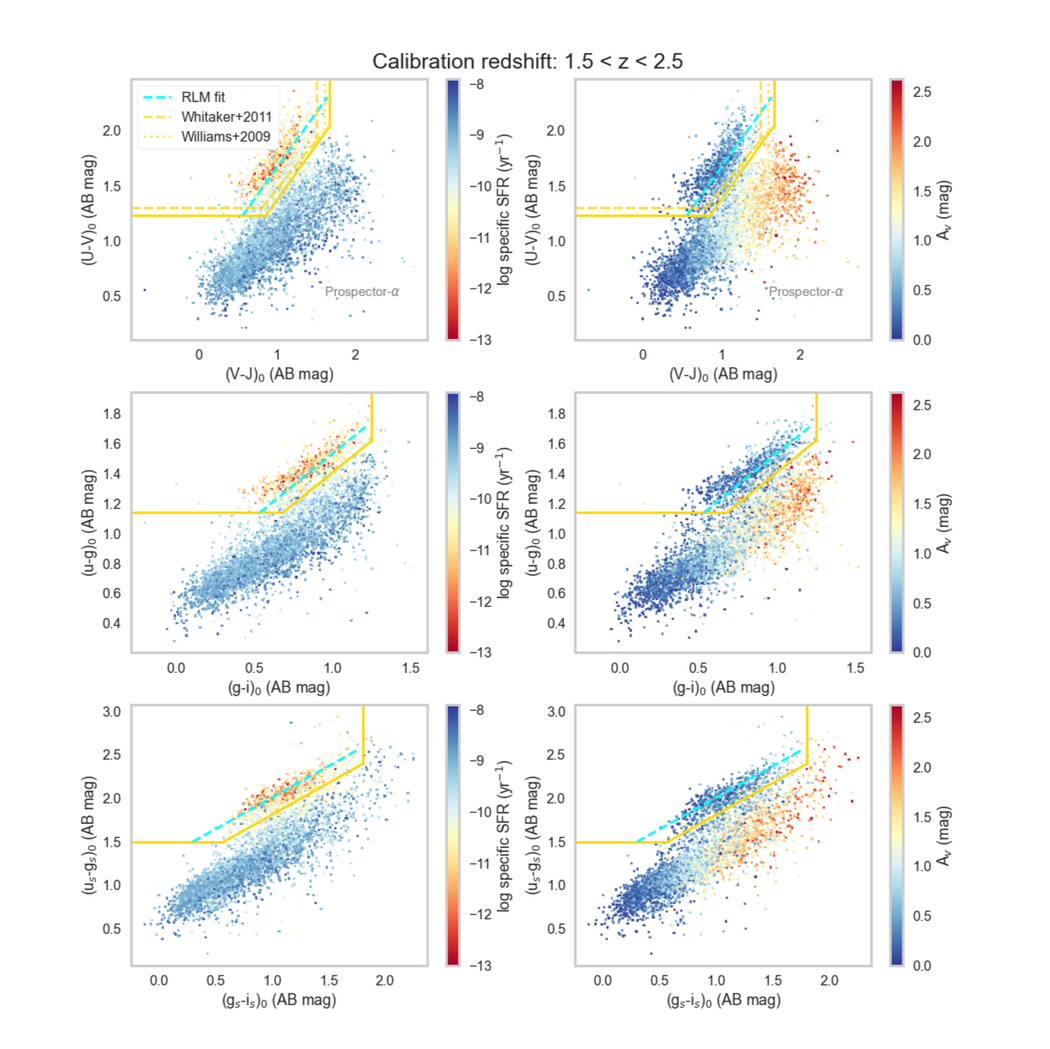
Jacqueline Antwi-Danso
Banting Postdoctoral Fellow at the university of Toronto
About
Welcome to my page! I am a Banting postdoctoral fellow at the University of Toronto in Josh Speagle and Gwen Eadie's Astrostatistics research group. I also have a joint affiliation at the University of Massachusetts, Amherst. I completed my PhD at Texas A&M University, where I worked with Casey Papovich on searching for the most massive galaxies in the distant Universe. Prior to my PhD, I was a Clark Scholar at Texas Christian University and an intern at the Space Telescope Science Institute, where I worked with Kat Barger and Andrew Fox on the distances and chemical abundances of the Magellanic Stream's Leading Arm, respectively.I was born and raised in the beautiful West African country of Ghana. Beyond academia, I've been involved with organizing outreach events and programs including TEDxTCU, TAMU Physics Festival, Astronomy on Tap, Bryan, and more recently, LUMA. Additionally, I strive to give back to my community through mentoring via platforms such as GLASS, CUWiP and Project iSWEST.
RESEARCH OVERVIEW
Over the past three decades, astronomers have discovered extremely faint massive quiescent galaxies at increasingly higher redshifts. They are up to three times more massive than the Milky Way and are purported to have formed “impossibly early,” within a billion years of the Big Bang. To achieve these large masses at such early epochs, they must form stars extremely rapidly, at rates that are uncomfortably close to the limits allowed by galaxy formation physics.My current research involves using medium-band surveys and newer selection methods to 1) increase the detection rate of massive quiescent galaxies at z > 3 and 2) improve their sample purity in large photometric surveys. I am also the PI of a JWST Cycle 2 program designed to obtain some of the first chemical abundance measurements of massive quiescent galaxies at z ~ 4. Our goal is to compare the formation timescales inferred from their abundances to those obtained from modeling their star formation histories to ultimately build a picture of how quiescent galaxies assembled over the past 13 billion years.
The feniks survey

When did the first quiescent galaxies appear? How did the most massive galaxies in the early Universe form? These are the questions we hope to answer with the Flamingos-2 Extragalactic Near-IR K-split Survey. The survey employs novel medium band K filters to reduce contamination from low redshift interlopers and increase our photometric redshift accuracy by factors of 4 and 7, respectively. Learn more at feniks.tamu.edu.
color selection of galaxies in the jwst era

Despite its utility in separating star-forming and quiescent galaxies in large photometric datasets, the UVJ diagram is fraught with problems at z > 3. We introduce an alternative: the synthetic ugi diagram, which mitigates these limitations by 1) reducing the contamination in quiescent samples from 65% to 30% at z = 5, and 2) eliminating the need for extrapolation to determine rest-frame colors.
The magellanic system

The Magellanic Stream and its Leading Arm are the largest and most massive gaseous structures in the Galactic halo. As such, they provide useful constraints for dynamical models of the Magellanic Clouds and an opportunity to study gas inflows around the Milky Way in detail. Using H𝜶 detections from WHAM and spectra from HST/COS, we determined the distance and chemical abundance of the Leading Arm.
CURRICULUM VITAE
Full CV available upon request.
EDUCATION
2017 - 2023
Ph.D. & MSc. in Astronomy, Texas A&M University, College Station, TX
Dissertation : Optimized Survey Strategies and Selection Methods for Massive Galaxies at z > 3
Supervisor: Casey Papovich
2013 - 2017
BSc. in Astronomy & Physics, Texas Christian University, Fort Worth, TX
Supervisor: Kathleen Barger
ACADEMIC POSITIONS
2023-present: Banting Postdoctoral Fellow, University of Toronto
2023-present: Visiting Postdoctoral Associate, University of Massachusetts, Amherst
2016: Space Astronomy Summer Program Intern, Space Telescope Science Institute
2015: Research Experiences for Undergraduates (REU) Intern, Texas Christian University
T
PUBLICATION SUMMARY